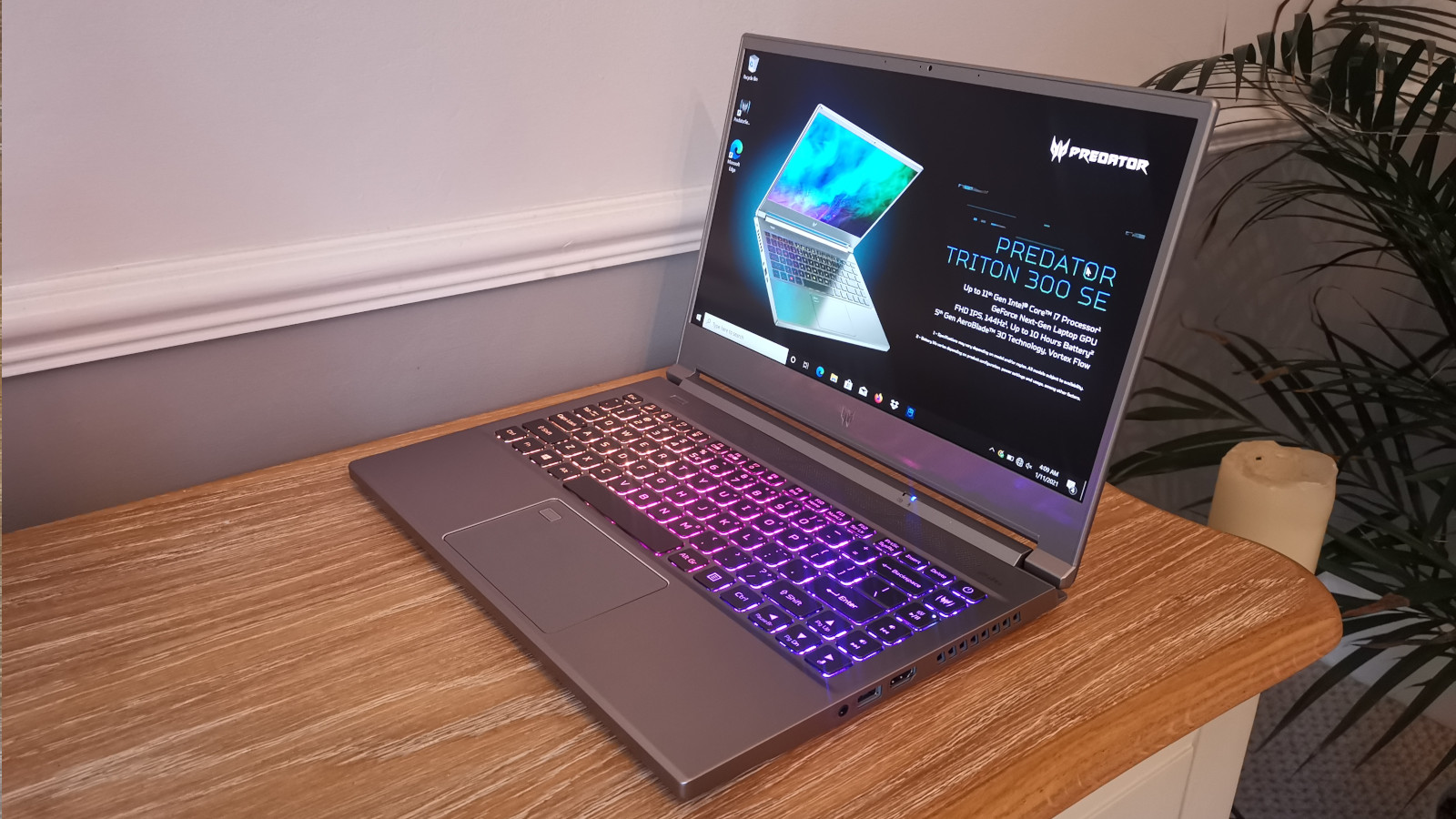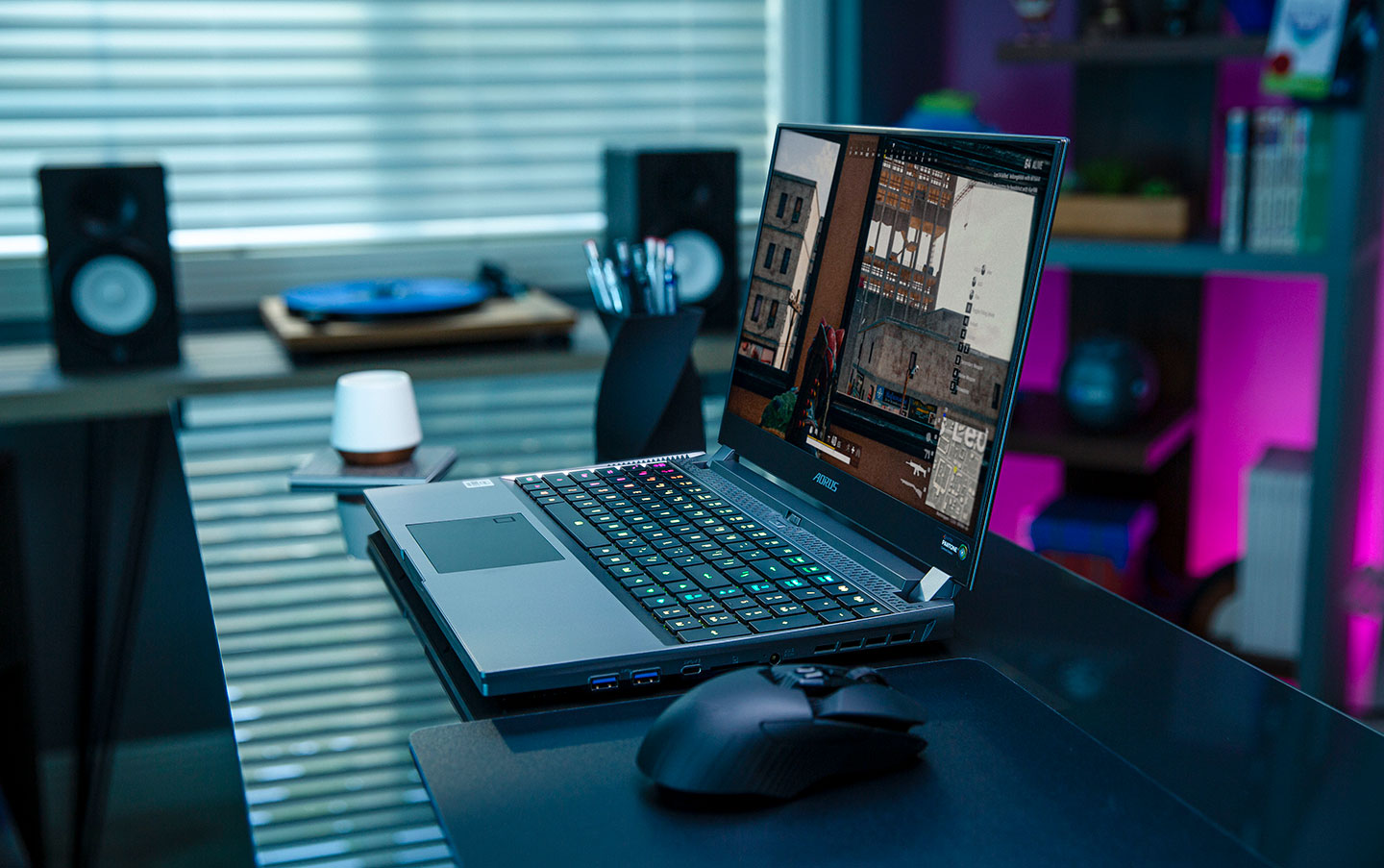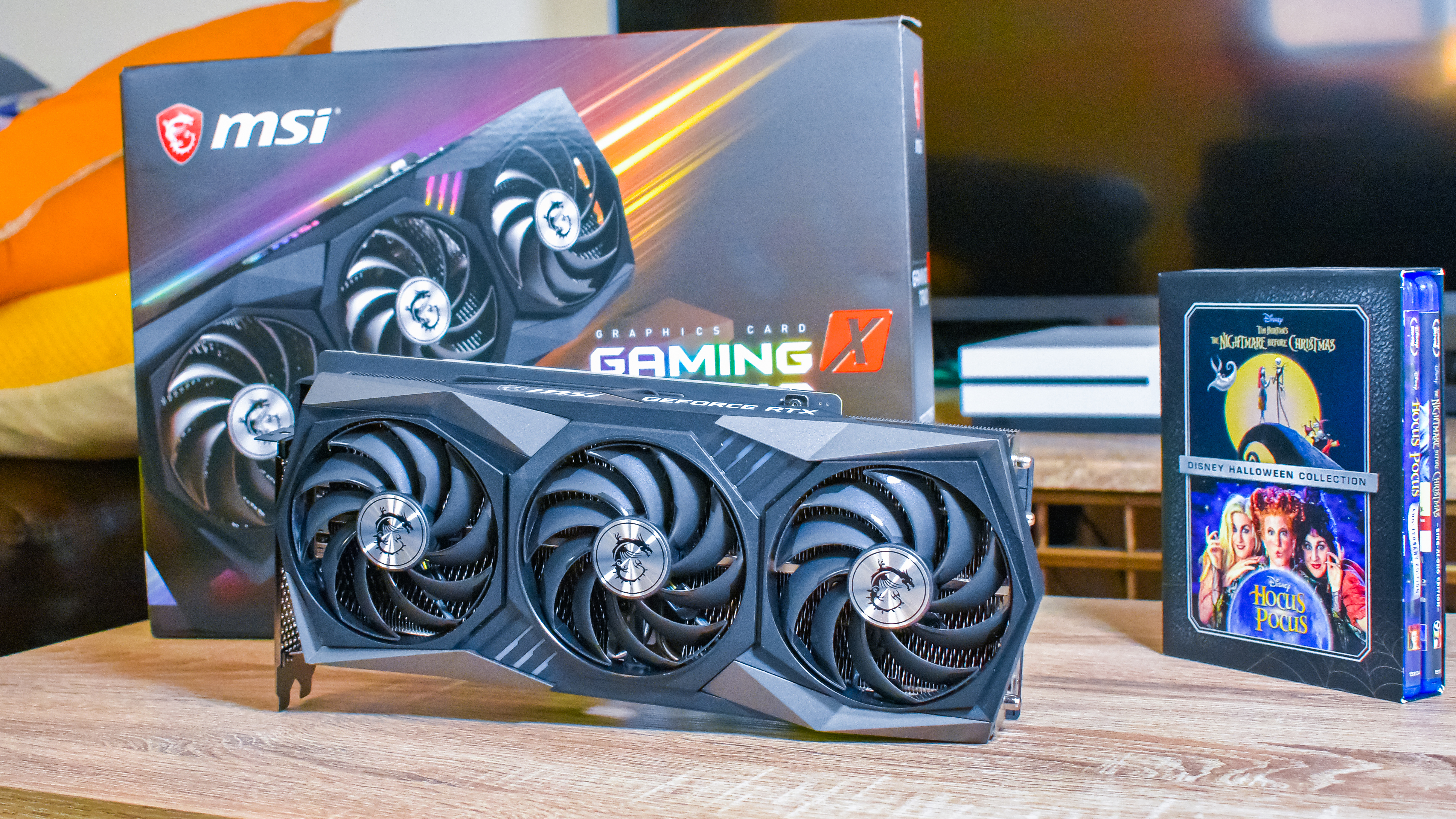At CES 2021, 4K gaming laptops are finally starting to die off
Give us the fast displays all day long

At CES 2021, Nvidia launched its GeForce RTX 3000 series GPUs for laptops. These are led up, of course, by the Nvidia GeForce RTX 3080 – a graphics card that has become the poster child for 4K PC gaming in 2020. However, among all the gaming laptops announced at the virtual event, very few embraced 4K gaming, and instead went all-in on FHD and QHD panels with higher refresh rates.
And it's about damn time.

Who needs a 4K display anyways?
When we're talking about a laptop display that's, like, 15 or even 17 inches, a 4K resolution is wholly unnecessary. We spend hours looking at laptop displays of all sizes and resolutions, and there are only a few devices we've ever been able to look at and say "this is a 4K screen" when it's not a full-sized monitor.
When you look at a 27-inch 4K Gaming Monitor for instance, you're looking at a pixel density of 163 PPI, and that's basically considered the golden standard. Then, when you look at a 15-inch laptop, but cut the display resolution down to 2K, or 2,560 x 1,440, it's actually more pixel dense than the 27-inch 4K display, with 195.81 PPI. So, essentially, you have a more pixel-dense display on the laptop, without needing the extra horsepower that a 4K display demands.
Plus, over the last few years, as laptop manufacturers have realized that a lot of creative professionals were buying gaming laptops to do work on, new options have started to emerge. This is pretty much why Gigabyte, for instance, rebranded its Aero line of laptops to focus in more on creatives that want to game on their downtime, rather than going all-in on gaming. It's no wonder that the Gigabyte Aorus 17G is primarily a 1080p laptop with a high refresh rate, while the Gigabyte Aero 15 OLED packs a luscious 4K OLED panel.
This split in the gaming laptop market between gaming devices and creative devices – even if the latter has pretty much the same internal hardware – results in products that make more sense for their respective audiences, and no one has to pay for features they don't need.
So, it seems like the 4K gaming laptop is vanishing off of the marketplace, which is excellent news. Not only does a 120Hz display make more sense for a device that's solely intended to play games, but the level of hardware needed to make 4K gaming a universally positive experience just isn't there yet.
Sign up for breaking news, reviews, opinion, top tech deals, and more.

There's now an RTX 3080, but only kinda
When we reviewed the Nvidia GeForce RTX 3080, we found that it was more than capable of handling pretty much every game under the sun at 4K with minimal issues. And, now that you can buy a gaming laptop with an Nvidia GeForce RTX 3080, you might be thinking you can just launch any game at 4K and crank up the settings with high frame rates.
There are certainly some games that you'll be able to do that with no problems, but you have to keep in mind that desktop and mobile graphics aren't exactly the same. Nvidia doesn't have the full specs listed on its website, but Anandtech has a helpful table that we can reference until we get one of these laptops in-house for testing.
According to Anandtech's listed specs, the mobile RTX 3080 has 6,144 CUDA cores, with a boost clock between 1,245 and 1,710MHz (to be configured by laptop manufacturers). For comparison's sake, the desktop-class RTX 3080 has 8,704 CUDA cores with a boost clock of 1.71GHz.
That's a pretty massive difference, and it means that the mobile-class RTX 3080 probably won't be the 4K powerhouse that its desktop sibling is. Now, there's a good reason that the mobile version of the graphics card is so cut down from the desktop version. It simply doesn't make sense to put such a power hungry graphics card in a mobile form factor. Not only would battery life be absolutely abysmal, but you would need the laptop to be so thick that it would look like it came straight out of 2004.
Because the mobile-class RTX 3080 is closer to a desktop-class RTX 3070 in terms of raw specs, it makes sense that even Nvidia is pitching it as a 1440p GPU. There were plenty of gaming laptops last generation that tried to market 4K versions of their laptops, but it just led to people having to manually lower their resolution in-game in order to get a playable framerate.
That's definitely just, like, part of PC gaming, but it's still not a great experience, especially for someone that's new to the platform and just wants a functioning product. All the gaming laptops that were announced at CES 2021 do have super high refresh rates, which can be just as hard to fully take advantage of as a 4K screen. However, getting 60 fps on a 1080p 360Hz display is a much less awful experience than getting 20 fps on a 4K display.
So we say bring on the faster laptop displays.
- Check out all of TechRadar's CES 2021 coverage. We're remotely covering the online-only show to bring you all the breaking tech news and launches, plus a smattering of hands-on reviews.

Jacqueline Thomas (Twitter) is TechRadar's former computing editor and components queen. She is fat, queer, and extremely online, and is currently the Hardware and Buying Guides Editor for IGN.